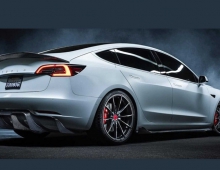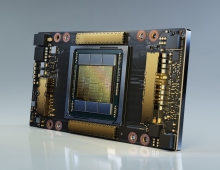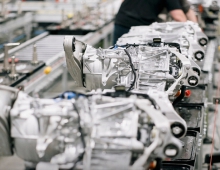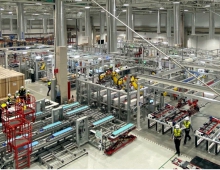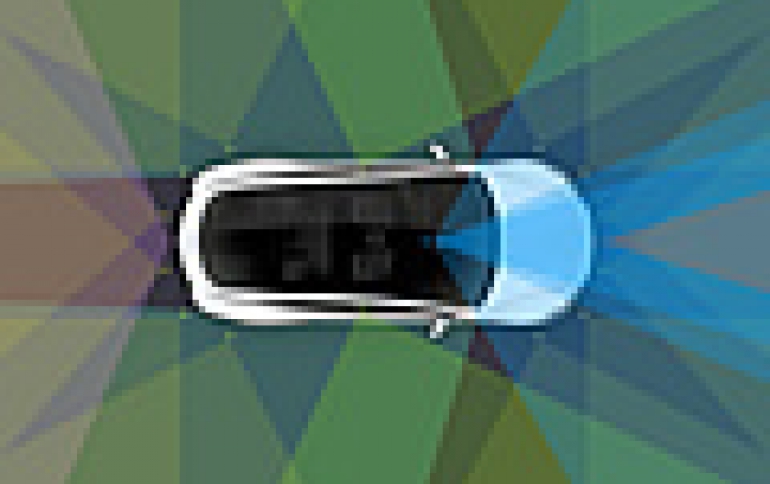
Tesla Cars Get Full Self-Driving Hardware
Tesla Motors is starting to build its electric cars with all the sensors, cameras and other gear needed to drive completely on their own when regulations allow the technology to take over that responsibility. Tesla says that full autonomy will enable a Tesla to be substantially safer than a human driver, lower the financial cost of transportation for those who own a car and provide low-cost on-demand mobility for those who do not.
All Tesla vehicles produced – including Model 3 – will have the hardware needed for full self-driving capability. Eight surround cameras provide 360 degree visibility around the car at up to 250 meters of range. Twelve updated ultrasonic sensors complement this vision, allowing for detection of both hard and soft objects at nearly twice the distance of the prior system. A forward-facing radar with enhanced processing provides additional data about the world on a redundant wavelength, capable of seeing through heavy rain, fog, dust and even the car ahead.
To make sense of all of this data, a new onboard computer with more than 40 times the computing power of the previous generation runs the new Tesla-developed neural net for vision, sonar and radar processing software.
Model S and Model X vehicles with this new hardware are already in production, and Tesla's customers can purchase one today.
Before activating the features enabled by the new hardware, Tesla will further calibrate the system using millions of miles of real-world driving to ensure improvements to safety and convenience. While this is occurring, Teslas with new hardware will temporarily lack certain features currently available on Teslas with first-generation Autopilot hardware, including some standard safety features such as automatic emergency braking, collision warning, lane holding and active cruise control. As these features are validated Tesla will enable them over the air, together with a set of entirely new features.
Tesla has offered an automatic steering and braking system called Autopilot in its cars since last year, but that technology is meant to be monitored at all times by a driver.
Consumer watchdogs have questioned whether Tesla's first Autopilot system was ready to be on the road after a driver earlier this year using the system was killed when his Model S sedan struck a tractor-trailer in Florida. Tesla maintains Autopilot wasn't at fault. Government regulators are investigating the circumstances of the accident.
Google, ride-hailing service Uber and an assortment of other automakers also are working on a range of self-driving cars in an effort to ultimately turn the steering wheel over to robots.

